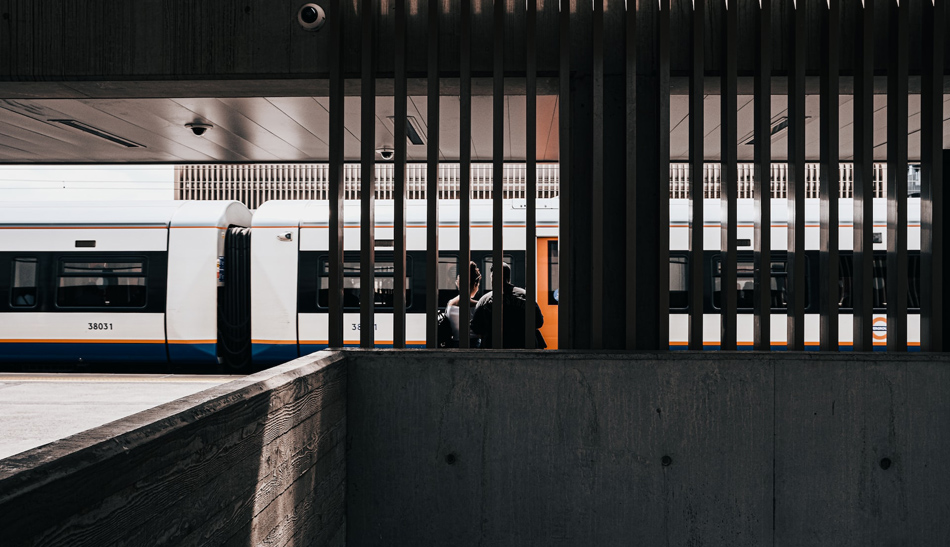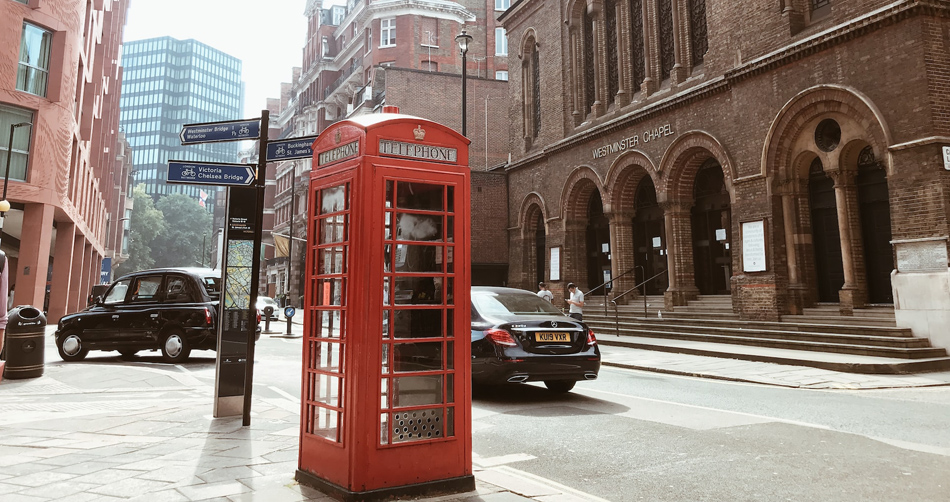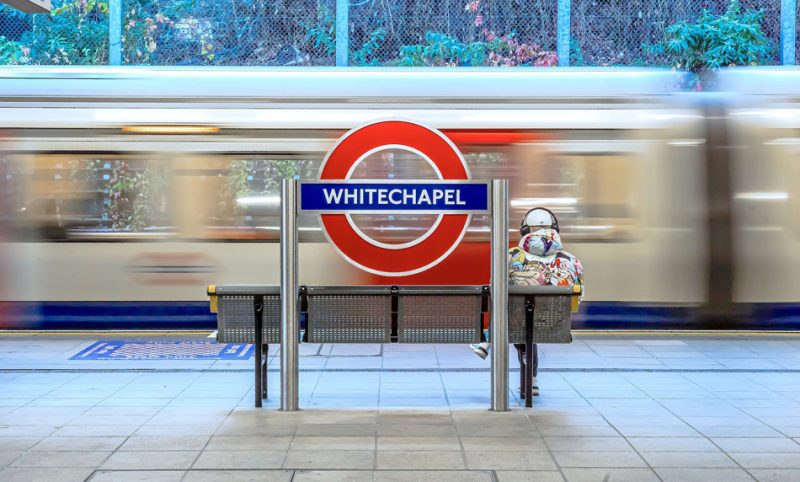The London Overground was launched in 2007 to connect the northern and western parts of the city, outside central London, and integrate the older networks into new routes in east and south London to serve the city better. The Oyster Card was introduced in all the stations; the stations received a much-needed makeover, and the older fleet was replaced by at least 62 modern trains.
Many parts of the capital that earlier had poor transport service were introduced into the Overground network. Over the years, many new lines were added and routes were extended to complete the loop around London. Today, the network covers 113 stations across 6 routes. The annual ridership has been estimated to be around 190 million.
Travel is easy with an Oyster Card, and you can even add a Travelcard to it. Tickets can be purchased online, at Oyster ticket stops, London Overground ticket offices, or the vending machines available at all stations.
The Overground is an upgraded system that offers modern, efficient, fast, and frequent service to commuters. Additionally, it is clean and safe, well-staffed, and has transformed the face of the transit system in the capital. The older Victorian lines had to be completely rebuilt with modern tracks for safe travel. Sign boards, CCTVs, and better light fixtures were installed at strategic places in all the Overground stations. The British Transport Police man the stations to offer high security and reduce crimes ranging from theft to molestation.
In the following segment, we tell you what to do and how to proceed to report missing property on the London Overground.
1) Submit a Missing Item Report With TfL

All reports or inquiries about lost property are ultimately submitted to Transport for London (TfL) which manages the London Overground services. Hence, you may directly approach the authorities at TfL using their online portal, or via phone, email, post, or by physically visiting the station.
You will be required to mention the following in the missing report form — your name, address, email address, and telephone number; a description of your lost property, like mentioning the category of the item lost, its model type, size, color, shape, time and location lost, along with additional information that will help the authorities to trace the item.
Once you have submitted a formal missing report, the information is collected and matched with retrieved items. The authorities send updates regarding the status of your inquiry via email. If found and there’s a successful match, you will be asked to make arrangements to collect it or have it delivered. At the time of collection, you need to produce valid identification as proof that you are the owner.
The TfL authorities sometimes use the personal information found on the items that are recovered from their premises or services to contact the owners (ID cards, Oyster cards, etc). Unclaimed lost property is typically held for 3 months after which they become the legal property of the TfL which decides if the property must be donated, sold, auctioned off, recycled/reused, or destroyed.
2) Dial TfL’s Customer Service

If you urgently need to speak with someone at TfL’s customer service on the phone, you may dial 0343-222-1234 (charges may apply).
Please note the address of the London Overground headquarters below —Overground House
125 Finchley Road
Swiss Cottage
London NW3 6HY
Sometimes you could end up with frayed nerves over the loss of items that were of high financial/sentimental value to you. It is a good idea to approach the authorities in alternative ways if the first option fails to work. Please note that in either case, you will have to provide full and authentic details of the missing item, and fill out and submit an online form. They will provide you with a reference number that you can use in the future to track your case — online, or while following up with an agent on the phone.
If you must write an official complaint, you can reach out via email. Their email address is — overgroundinfo@tfl.gov.uk.
3) Improve Chance of Recovery via Social Media

Social media can play a pivotal role in recovering lost property in much less time because of its huge reach. While it is okay to bide time over commonplace items like wearables and other less expensive things, it can be nerve-racking to wait endlessly for authorities to return with updates on items that classify as valuables. You would rather do your thing than be a mute spectator, and things have become that much easier with the advent of social media. No wonder it’s all the rage today. While it is absolutely perfect to pin hopes on the TfL authorities, you can make a smart move on social media meanwhile which can improve your chances of getting reunited with your prized possession.
Get as visible as you can with your post on public forums like Facebook and Twitter, and compel TfL’s social media agents/managers to revert to you with an action plan and timeframe. You will be surprised how fast things move here because no organization can afford to lose its reputation over bad press and negative publicity over slothfulness. And if you are lucky, you could hear soon from some Good Samaritan who recovered your items and turned them in to the officials at the Lost Property section.

